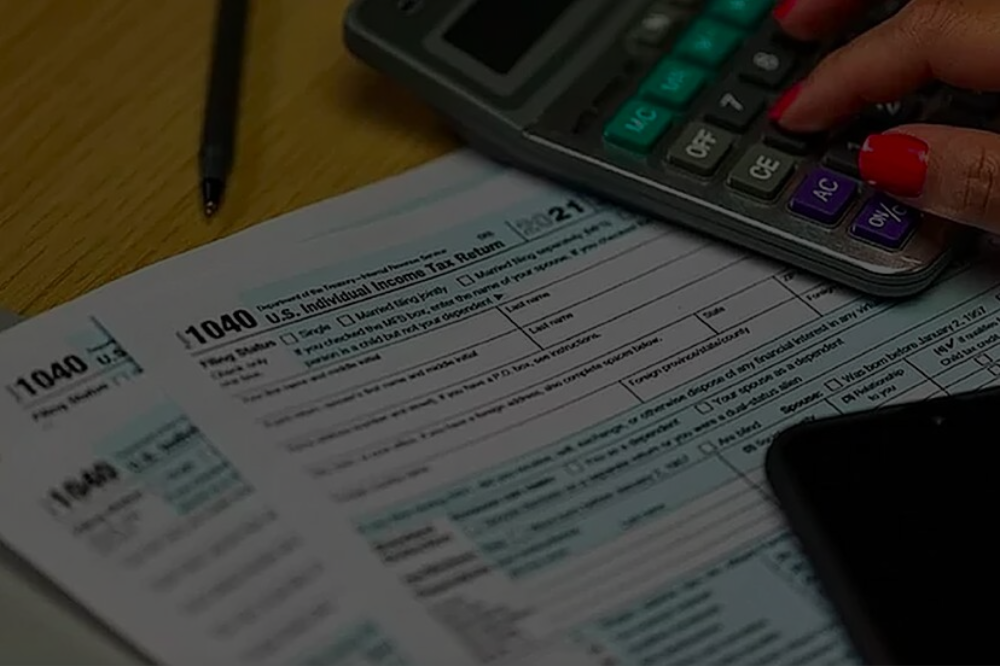Filing your tax return might not be the most exciting task, but it’s an essential one. Done correctly, it ensures you meet your legal obligations, prevents penalties, and might even lead to a refund. However, small mistakes or skipped steps can lead to unnecessary stress.
This guide will walk you through the safest and most accurate ways to file your tax return. By the end, you’ll know exactly how to prepare, file, and double-check your submission to avoid errors and protect your finances.
Why Filing Taxes Properly is Important
Whether you’re an individual or small business owner, filing taxes correctly matters for a variety of reasons:
- Avoid Penalties or Interest: Missing deadlines or filing incorrectly could land you in trouble with the IRS, resulting in fines or interest charges.
- Maximize Deductions and Credits: Proper and accurate filings ensure you claim all eligible deductions and credits, helping to lower your tax bill.
- Maintain Financial Health: A smooth tax filing process keeps your financial records organized, making future filings and financial planning much easier.
Now that we’ve highlighted the importance, here’s how you can safely and accurately file your tax return, step by step.
Step 1: Gather All Necessary Documents
To file your taxes correctly, you need to start with proper documentation. Missing forms are a surefire way to delay your filing or make costly mistakes. Here’s what you need to collect:
- Income Statements: This includes W-2s (for employees) or 1099 forms (for freelancers or contractors).
- Deduction Records: Any information related to deductions you’re claiming, such as receipts for charitable donations, medical expenses, or education expenses.
- Proof of Dependents (if applicable): Documents like Social Security numbers for your dependents.
- Investment Forms: Include 1099-DIV or 1099-B for dividends or stock sales, and retirement account contributions.
Pro tip: Create a checklist of all the documents you’ll need and tick them off as you gather each one.
Step 2: Choose the Right Method to File
When it comes to filing your tax return, you can choose between doing it yourself or hiring a professional. Here’s a breakdown of your options:
Self-Filing with a Tax Software
Many user-friendly tax software solutions are available online, like TurboTax, H&R Block, or FreeTaxUSA. These platforms provide step-by-step guidance, making it easier for first-timers to file confidently.
Who it’s best for: Individuals with straightforward tax situations, such as single filers or those without extensive deductions.
Filing via a Professional
Hiring a certified tax professional or CPA can take the stress out of filing. Experts can help uncover lesser-known deductions or credits.
Who it’s best for: Small business owners, freelancers with complex finances, or anyone with multiple income sources.
Using Free IRS Tools
The IRS provides free resources like “Free File,” which allows eligible individuals to file their federal tax return at no cost.
Who it’s best for: Low-to-mid-income filers who don’t mind doing the legwork themselves.
Evaluate your situation and choose the method that balances cost, convenience, and accuracy.
Step 3: Apply for All Available Deductions and Credits
Tax deductions and credits reduce your taxable income or tax bill, but many people miss out simply because they don’t know what they’re eligible for.
- Common Deductions:
- Mortgage interest
- Student loan interest
- Charitable donations
- Medical expenses (if they exceed 7.5% of your adjusted gross income)
- Popular Credits:
- Earned Income Tax Credit (EITC) for lower-income filers
- Child and Dependent Care Credit
- American Opportunity Tax Credit (for educational expenses)
Keep receipts, invoices, or any relevant documentation to back up your claims in case of an audit.
Step 4: Double-Check for Errors
Mistakes are common, and even small ones can flag a return for review or delay refunds. Before filing, pay attention to the following:
- Names and Social Security Numbers: Ensure they match exactly as registered with the Social Security Administration.
- Math Errors: Double-check your calculations, especially if filing manually.
- Bank Information: Incorrect account details could prevent your refund from being deposited.
- Signatures: Whether filing electronically or on paper, don’t forget to sign your return. Unsigned returns are considered invalid.
Using tax software can help flag common errors before submission.
Step 5: File Early and Keep Records
Filing your taxes earlier has several benefits:
- Avoid Last-Minute Stress: Filing close to the deadline increases the likelihood of overlooking important details.
- Faster Refunds: Early filers typically receive their refunds sooner.
- Allow Time to Resolve Issues: Early filing gives you ample time to fix errors or track down missing documents.
Once filed, keep copies of your return and related documents organized. The IRS recommends holding onto records for at least three years.
Step 6: Use Secure Methods to Submit Your Return
No matter how detailed your preparation is, security should always be a priority when filing. Protect your sensitive information by:
- Using secure websites or tax software for electronic filing.
- Sending paper returns via certified mail to ensure timely and tracked delivery.
- Encrypting sensitive files if you’re sharing them with a tax preparer online.
Additionally, never share your Social Security Number or tax details via insecure channels like email or text messages.
Safeguard Your Tax Season Experience!
Filing your tax return doesn’t have to be overwhelming. By following the steps outlined above, you can ensure the process is smooth, accurate, and secure. You’ve got the tools to file your taxes confidently.
Now all that’s left is to get started. If you’re unsure where to begin, consider reaching out to a trusted tax professional or leveraging user-friendly tax software for guidance. Being proactive and thorough will help eliminate the stress of tax season and keep your finances in order for the year ahead!

